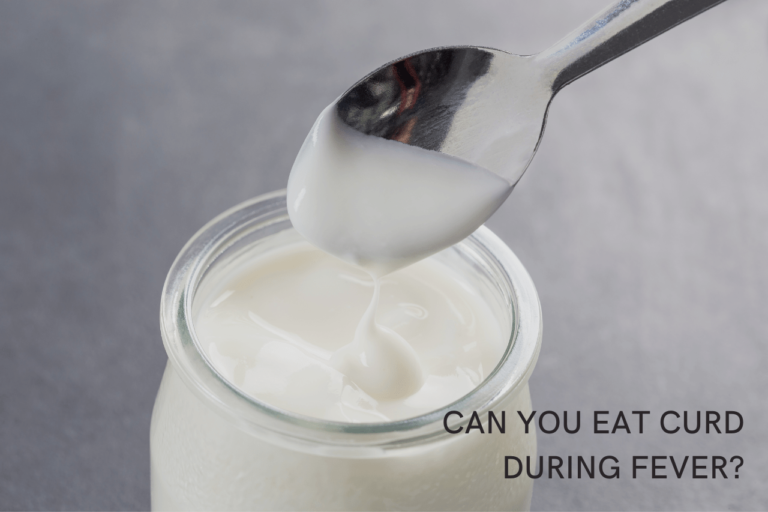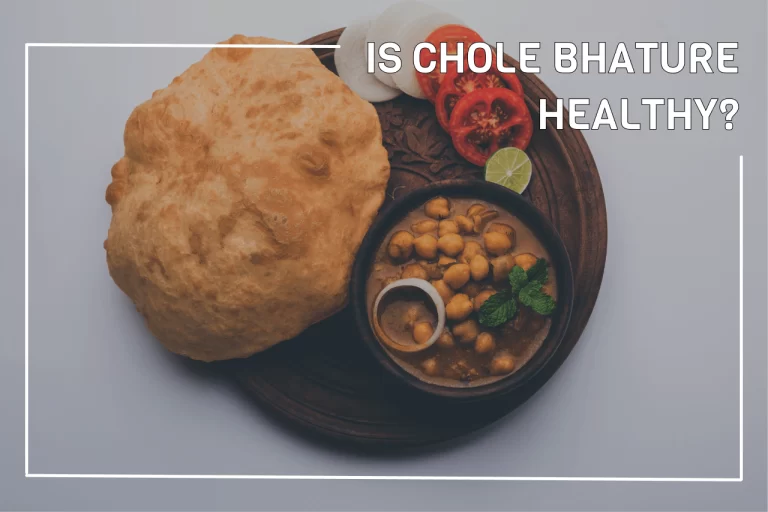Green tea is a popular drink in many parts of the world. Although many people find it too bitter to enjoy and often search over internet for how to make green tea taste good. If you fall into this category of people and want to make your green tea taste good, you’ve come to the right place.
Green tea is an acquired taste, and it can be challenging to make it taste good. If the tea isn’t served at the right temperature or steeped for the right amount of time, it can taste bitter and acrid.
But thankfully, there are a few tips that can help you make your green tea taste good.
In this post, I will be sharing some tips that you can use to make your green tea taste good. Also, I’ll show you three simple green tea recipes that you can make at home.
What is green tea?
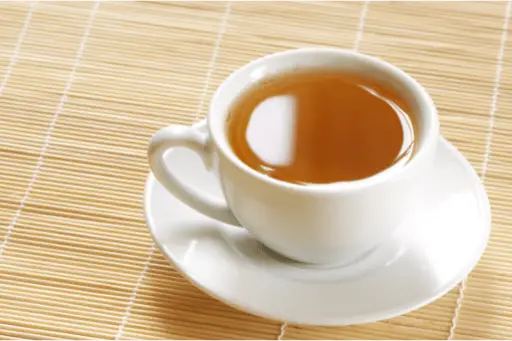
Green tea is made from the same leaves as black tea but isn’t fermented before drying. It is often thought to have more benefits than black or oolong tea because it is high in catechins, an antioxidant.
According to some historians, green tea has been around for over 3000 years, making it a unique beverage.
However, it was initially used to treat a variety of ailments, including sore throats and fevers. But today, it has grown in popularity and is now found in a variety of foods and beverages, including ice cream, confections, and teas. And it’s all because of the incredible health benefits it provides.
According to research, the global green tea market will generate $34,044.28 million in revenue by 2028, up from $13,850.94 million in 2020, representing an 11.9 percent compound annual growth rate (CAGR).
Despite its popularity and numerous benefits, some people still refuse to drink green tea, and I believe the primary reason for this is the taste of green tea.
Why does green tea taste bitter?
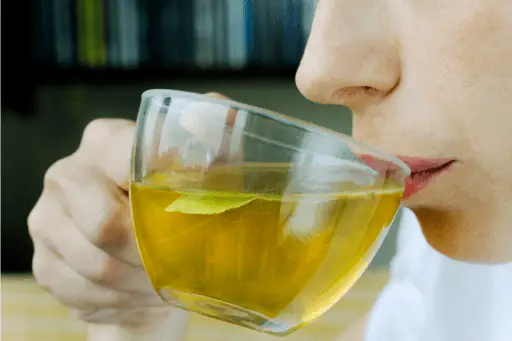
Green tea, according to tea experts, does not have to be overly bitter in flavor. However, it contains compounds such as caffeine and catechins, which make the tea bitter. As a result, some parameters must be adjusted to make you green tea taste good.
If your green tea does not taste good even after making it correctly, there could be several reasons for this, including:
- You may be using too many leaves and not enough water. As the number of tea leaves increases, the bitterness of the tea will increase.
- The water you’re using is full of harmful chemicals.
- Green tea that has been steeped for an excessive amount of time will have a stronger flavor. As a result, there is more bitterness.
- You may be steeping your green tea in boiling water, causing the leaves to burn and produce a bitter flavor.
- Finally, you may not be using high-quality green tea leaves.
6 tips to make green tea taste good
Choose what you from drink wisely
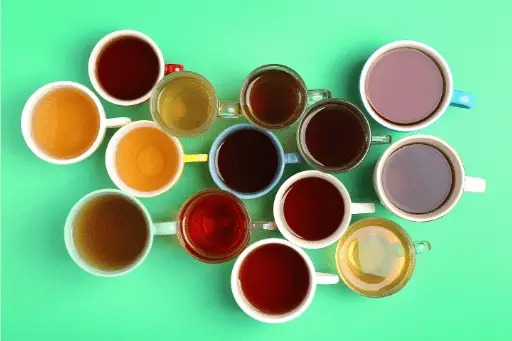
We all know that drinking green tea is a great way to improve your health. But did you know that what you choose to drink your green tea also impacts your health?
Choosing a cup made of bad-quality material can degrade not only the taste of your green tea but also its health benefits.
The majority of people prefer styrofoam cups to drink green tea. However, they are unaware that styrofoam cups are the worst cups to use when drinking green tea or other tea.
These cups are made of polystyrene, a type of plastic that is harmful to health. Polystyrene is a synthetic polymer used to create items such as cups, plates, and containers.
They’re also bad for the environment because they don’t biodegrade and take a long time to decompose.
Moreover, when you drink green tea from a styrofoam cup, the cup absorbs the flavor molecules in the tea, reducing its tastiness.
Then what should you choose to drink green tea from? Choose larger-handled stoneware, porcelain, or glass cups for green tea. You can also use a mug of your favorite color.
Choose your water
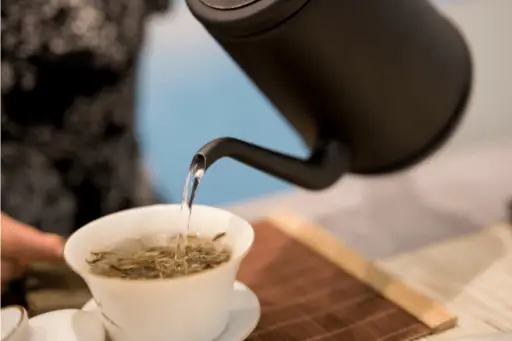
The majority of people are unaware that the water they use to make green tea plays an important role.
Simply because water is drinkable does not mean it can be used to make green tea. If you want to bring out the aromas, clarity, and best flavor from your green tea, using the right water is essential.
If the water you are using is not high in minerals, then your green tea will lack taste.
Most people use hard water to make green tea, but they don’t realize that this water is ruining the flavor of their tea. The calcium and magnesium in hard water react with the flavor compounds in green tea, resulting in a bitter taste.
So what type of water should you use? In general, the best water for making green tea is either soft or filtered water that is slightly acidic and low in calcium and other minerals.
However, If you only have hard water, filter it before boiling, this will remove some of the calcium and magnesium, and you will get a better tasting, clearer cup.
Avoid distilled water as it can make your green tea taste flat. Also, if you’re using tap water, it’s a good idea to boil it first to eliminate any chlorine taste.
Choose your green tea wisely
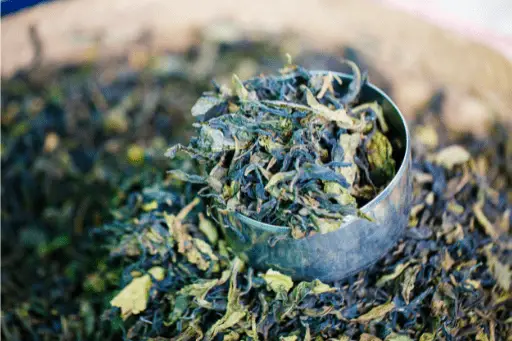
As green tea drinkers, most of us have to make the first decision is whether to choose green tea bags or loose leaves.
More than 80% of people prefer to make green tea with tea bags because they are more convenient, easier to transport, store, and are less expensive to produce.
The difference between green tea bags and loose leaf tea is that some companies use lower-quality leaves packed with additives in their bag teas. This allows the tea producers to get a higher yield of a product while charging a lower price.
On the other hand, loose-leaf teas are made from the entire tea leaf and typically contain fewer additives and more flavor. The price is higher for loose leaf tea because of the extra labor and care that goes into it.
What is ideal for making green tea? Teabag or loose-leaf tea
Well, it all comes down to personal preference.
For those who want complete control over their tea brewing process, a loose leaf tea is ideal. It’s also a more cost-effective option because you can use as much tea as you have on hand.
In contrast, a green tea bag is a convenient option for those who do not have time to measure the amount of tea required. It is a good option for those on a budget because it does not need a lot of equipment to prepare. However, it has drawbacks, such as a lack of ingredient information and a tendency to produce a bitter taste.
At last, the only thing you need to do is make sure that the green tea you’re using is fresh, pure, and from a reputable brand.
Also read: Is Green Tea Acidic or Alkaline? Here’s The Truth!
Brewing your green tea is a skill
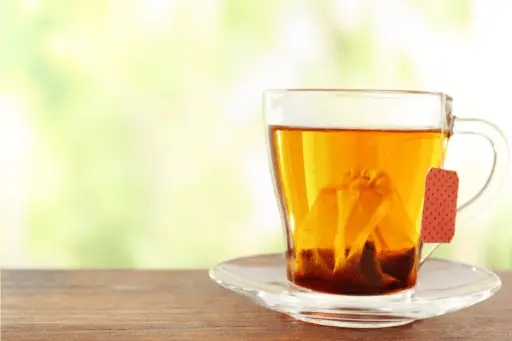
The better you are at steeping, the better your green tea will taste. The amount of time we steep tea does make a difference.
Steeping is the part of making tea where your tea leaves start losing their flavors, caffeine, and antioxidants. So you must know how much to steep your green tea.
Most experts recommended that Green tea should not be steeped for more than 2 minutes. The longer tea is steeped, the more bitter it becomes.
If you prefer a light flavor, steep the tea for shorter amounts of time. However, If you prefer a stronger, bitter flavor, steep it for a longer time, but not longer than 3 minutes.
Temperature is important
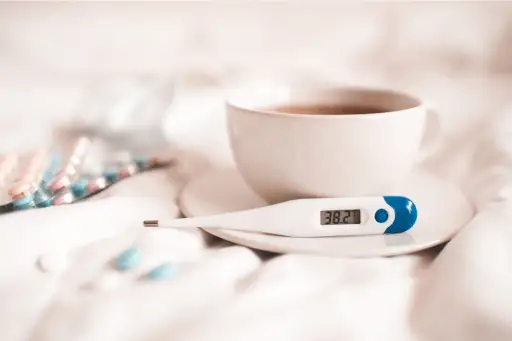
Making green tea is an art, and many different factors go into the process of making it. One of these factors is the temperature of the water, specifically how hot the water is when you’re making the tea.
If the water is too hot, the bitter flavors will be over-extracted, resulting in a bitter and sour tea. Also, adding the tea leaves to boiling water will kill the catechins present in green tea.
If the water is too cold, you won’t get enough flavor out of the tea leaves. The correct temperature of the water will help you get the most flavor out of your green tea leaves, resulting in a well-balanced, bitter-free cup of tea.
In addition to water temperature, timing plays a vital role in achieving the perfect green tea flavor. When steeping green tea, the water temperature will drop as soon as it comes into contact with the leaves. As a result, steeping green tea at a high temperature will cause the tea to over-brew, making it bitter.
So, what is the ideal temperature? According to many Green Tea enthusiasts, Green tea should be brewed at a temperature of 160F to 180F.
You can ensure you’ve reached the correct temperature by using a food-safe thermometer or letting the boiled water sit for 2-3 minutes before adding the tea.
If you don’t have a thermometer, don’t worry. You can still measure the temperature of the water. Follow these steps to check the temperature of water without a thermometer:
- Fill a pot with water and place it over high heat.
- When tiny bubbles appear on the bottom of the pot, the water is around 160 degrees Fahrenheit or 70 degrees Celsius.
- Once visible steam starts to rise from the pot. The water is around 170 to 180 degrees Fahrenheit or 75 to 80 degrees Celsius.
- When large bubbles start to break the water’s surface gently, the temperature is around 190 degrees Fahrenheit or 90 degrees Celsius.
Add flavors
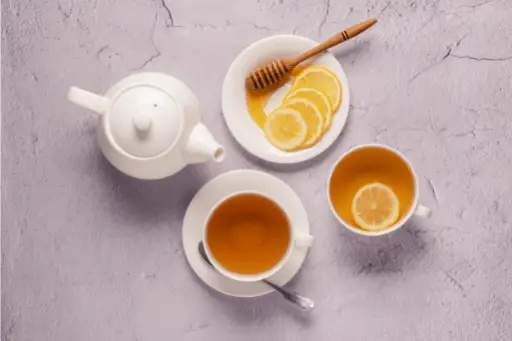
It’s not necessary that your green tea will be perfect every time you make it. So, what should you do if your green tea is bitter or doesn’t taste good?
Well, instead of wasting or discarding your green tea, you can add some flavors to it, such as lemon, ginger, or honey, to make it taste better.
Lemon is one of the most widely used flavorings. The citrus present in lemon boosts the tea’s fragrance while balancing out the bitter notes.
If you enjoy the flavor of ginger in your black tea, you can also add it to your green tea. In addition, adding ginger to green tea will increase its potency.
If you want to make your tea taste a little sweeter. Add no sugar to it. For sweetness, you can use honey, coconut water, or maple syrup.
In the end, it is entirely up to you to decide how your green tea should taste.
3 Green tea recipes to make at home
The simple one
- Choose the type of green tea you want to use. You can use a tea bag or loose leaf, depending on your preference.
- Put the tea bag or loose leaf in the teacup .
- Place a pot of water on the gas stove and bring it to a boil.
- Turn off the gas when the water reaches its boiling point or begins to boil.
- Let the pot water cool down for 2 minutes
- Now add pot water to the teacup, but don’t drink it right away. Wait another 2 minutes.
- After 2 minutes, remove the teabag from the teacup and enjoy your simple cup of green tea.
The sweet one
- Boil the water in a pot or kettle.
- Once water reaches to the boiling point, turn off the heat and allow the water to cool for 2 minutes.
- Wait until the water reaches a temperature of around 165 degrees Fahrenheit.
- Now fill a teacup with water.
- Add a green tea bag or loose leaves to it and leave the tea for one minute. You can increase the time if you want your tea to be stronger.
- After one minute, remove the tea bag and add 1/2 teaspoon of honey to it. Always use good quality honey.
- You can also add a squeeze of lemon if desired.
- Stir it well and enjoy your sweet cup of green tea.
The special one
- Fill a pan with water and boil it.
- To make your green tea more tasty and healthy, we’ll use three ingredients. Sticks of cardamom, ginger, and cinnamon
- If you don’t like the taste of any of these ingredients, leave them out. However, I recommend that you make use of all of them.
- Mesh the ginger and cardamom and then put them in the pan. Also, add 2-3 small cinnamon sticks to the pan. If you don’t have cinnamon sticks, you can also use cinnamon powder(1/4 teaspoon).
- Allow two minutes for the mixture to boil, and then turn off the gas.
- Allow the pan mixture to cool for 2 minutes before adding the green tea. Don’t add green tea in too much quantity.
- Put the green tea leaves in pan and allow it to settle in the pan for another 2 minutes. In the meantime, squeeze a lemon into a teacup and add honey.
- Now add the green tea mixture from the pan to the cup.
- Stir it well and enjoy your special cup of green tea.
Final words
Finally, there is no need to be afraid of the flavor of green tea. You can always improve the quality of your green tea.
These six tips have helped me make my green tea taste good, and I hope that they will also help you make your green tea taste even better. Also, you should give a try to the green tea recipes listed above at home.
If you have any questions, please leave them in the comments section, and if you enjoyed this information, please share it with other green tea lovers.

